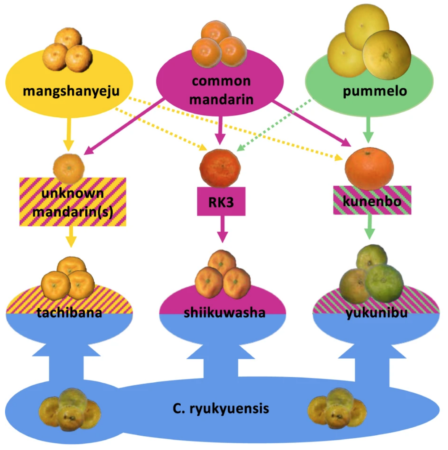Nibbles: Deforestation, Grizzly genetics, Animal domestication, Wheat drones, Okra experiments, Millet survey, The Common Table
- 26 million hectares of forest were lost in 2020.
- Genetic groups in grizzly bears line up with Indigenous languages in British Columbia. How about the trees, though?
- But why weren’t grizzly bears domesticated? Because they’re not friendly, feedable, fecund and family-friendly.
- Drones and wheat breeding.
- Crowdsourcing okra evaluation. No drones involved.
- Health-conscious urban Indians eat millet for health reasons. Goes great with okra.
- The Common Table: sharing stories about reforming the food system. Like a couple of the above.
Nibbles: Quinoa info, Hybrid rye, New tobacco, GMOs
- If you’re into quinoa, you’re probably going to need this directory.
- Hybrid rye is becoming a useful participant in maize-soybean rotations in the Corn Belt where giant ragweed is a problem.
- New insect-trapping wild tobacco species described from Australia.
- Biotechnologist and social scientist in conversation about genetic modification and gene editing.
Boffins unravel mandarins
I was just going to include the paper Diversification of mandarin citrus by hybrid speciation and apomixis in a forthcoming Brainfood, but the very different approaches taken in the two articles on the paper that I have seen convinced me to give it a bit more space.
The piece in The Packer has very much the industry take, and highlights the contribution of the University of Florida authors: this new information will make breeding easier, including to fight citrus greening.

On the other hand, the press release from the Okinawa Institute of Science and Technology makes much more of how the paper unravels the origin of shiikuwasha and tachibana, which are culturally important citrus fruits in Japan, though not very significant economically.
Something for everyone.
Nibbles: Training materials double, Tree platform double, Wild rabbit, Economic value
- Crawford Fund training materials for high schools include discussion of genebanks.
- And that would go quite well with this graphic novel on natural selection in Mimulus from Health in Our Hands.
- There’s a Global Tree Knowledge Platform from ICRAF…
- …which could probably be usefully mashed up with the restoration platform Restor.
- The Sumatran striped rabbit makes a rare appearance. On Facebook.
- The World Bank makes the economic case for all of the above. Well, maybe except the Sumatran rabbit.